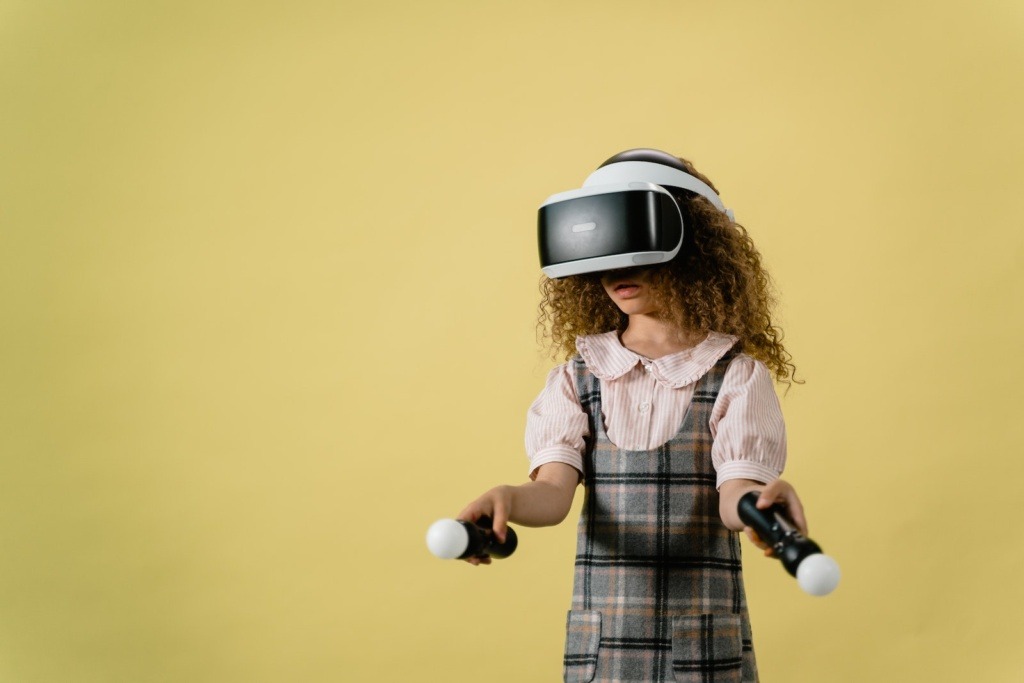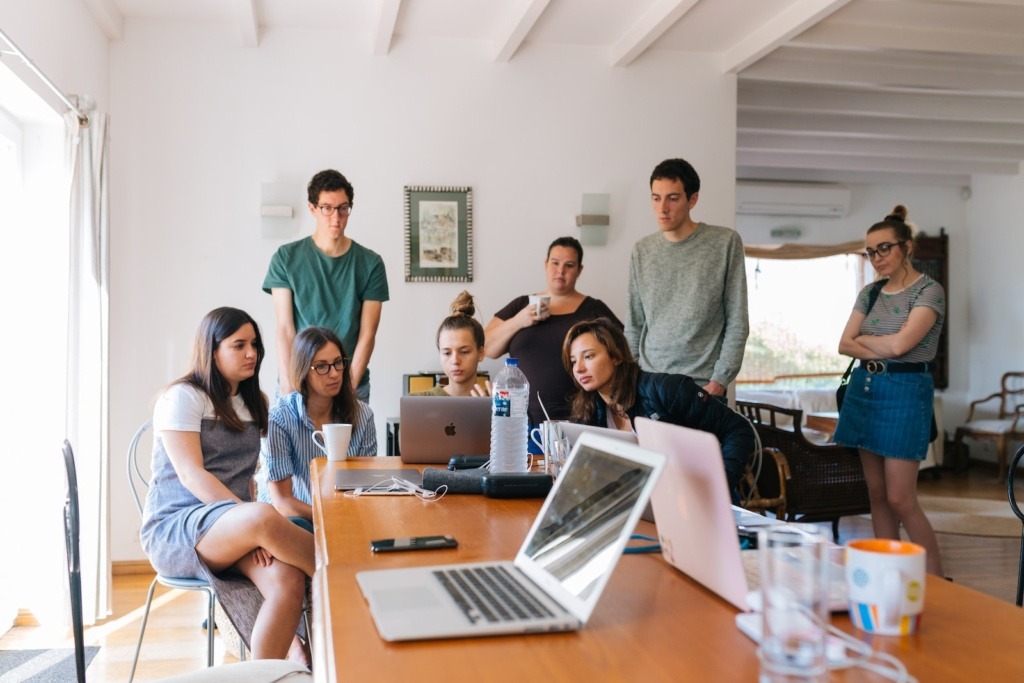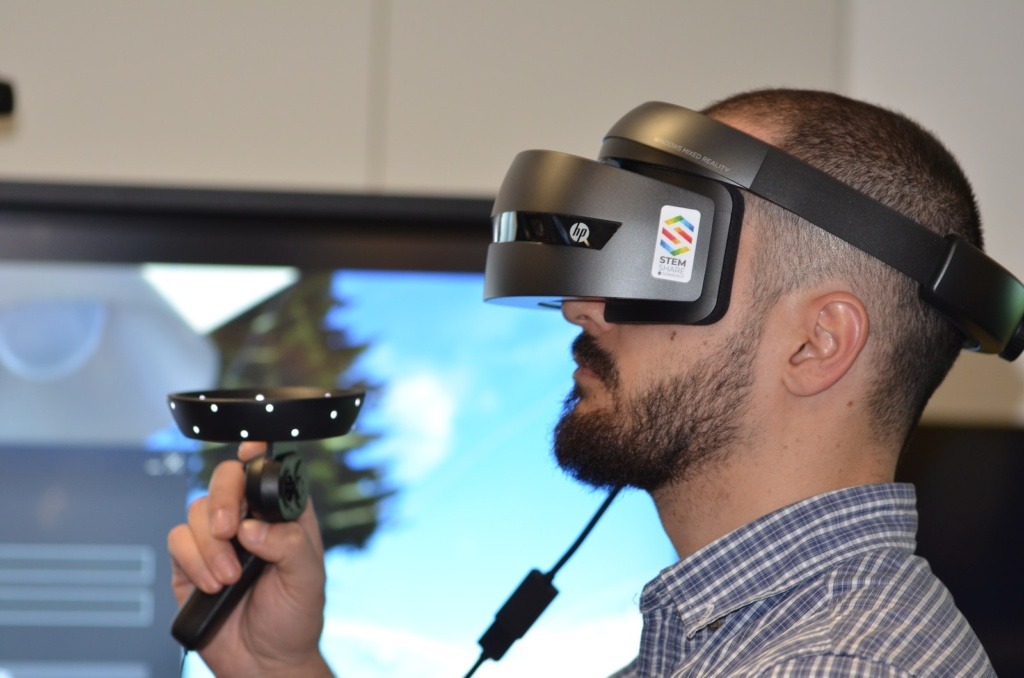Immersive learning through Virtual Reality (VR) technology has revolutionized education by providing engaging and interactive experiences. In this blog post, we will explore the power of VR in education and showcase its impact through real-world examples. Discover how VR education enhances student engagement, deepens understanding, and fosters critical thinking. From exploring ancient civilizations to dissecting virtual organisms, VR education brings subjects to life, making learning an immersive adventure.
Section 1: Engaging Experiences and Active Learning

Explore how VR education engages students through interactive experiences. Discover how students can actively participate in virtual simulations, manipulate objects, and solve problems, fostering deep learning and active engagement.
Section 2: Real-World Context and Authentic Learning

VR provides real-world context and authentic learning experiences. Discover how students can explore historical sites, visit far-off destinations, and engage with simulations that replicate real-world scenarios, enhancing their understanding and connecting theory to practice.
Section 3: Hands-On Exploration and Experimentation

VR allows for hands-on exploration and experimentation without physical limitations. Explore how students can dissect virtual organisms, build virtual structures, conduct virtual science experiments, and engage in practical activities that promote curiosity and discovery.
Section 4: Accessible Learning and Inclusion

VR education promotes accessible learning and inclusion by providing opportunities for all students. Discover how students with diverse learning needs and physical limitations can access and benefit from VR experiences, fostering inclusivity in education.
Section 5: Collaboration and Cooperative Learning

VR facilitates collaboration and cooperative learning. Explore how students can collaborate in virtual environments, solve challenges together, and engage in team-based activities, fostering communication, teamwork, and interpersonal skills.
Section 6: Empathy and Global Awareness

VR enables students to develop empathy and global awareness by experiencing different perspectives and cultures. Discover how students can virtually visit different countries, immerse themselves in cultural experiences, and gain a deeper understanding of global issues.
Conclusion:
Immersive learning through VR education has transformed the educational landscape by providing engaging, interactive, and authentic experiences. Through active learning, real-world context, hands-on exploration, accessibility, collaboration, and fostering empathy, VR education enriches the learning journey. Embrace the power of VR education in action and unlock a world of possibilities for students. Let us immerse students in engaging and transformative learning experiences that ignite their curiosity, foster critical thinking, and prepare them for the challenges and opportunities of the future.
